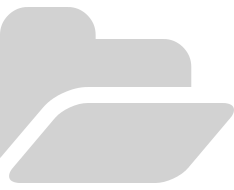Related to  Material relating to Charles Sherrington's work on ocular physiology and binocular vision
Description:
Material relating to Charles Sherrington's work on ocular physiology and binocular vision
Description: Concerns the stimulation of the cerebral cortex in monkeys in order to obtain ocular movement.
Severance of the 3rd and 4th cranial nerve of one side of the eye facilitates excitation of the cortex that 'produces conjugate movement of both eyes towards the opposite side, i.e. from left toward right, the left eye travelling however onbly so far as the median line.' (27)
'As regards the question, 'Where does the action of arrest take place, is it cortical or subcortical?... at least in many cases... the cortex is not necessary for the reaction.' (27) - Outlines series of ablation procedutres to demonstrate this. (27-28)
Further notes on experiments described in previous paper. (28)
Concludes that 'it seems clear that this inhibition which can be elicited by experimental excitation of the grey cortex and of the underlying white matter is fully and habitually excercised in volitional eye movements...
For the eyeball under simple relaxation of a rectus muscle to revert from a direction of deviation back to the primary position, its setting in the orbit must be such that the tensions of its connections, apart from active contraction or nervous tonus in its extrinsic muscles, are in equilibrium only when the globe is in the primary position.' (29)
Notes that observations of eyelid movements 'after intercranial section of the IIIrd nerve': 'Under volitional [non-stimulated] action the opening of the right eye was never once seen to be accompanied by any movement at all in the lids of the left. In blinking the opening after momentary closure was as rapid on the left side as on the right. That is to say there was no evidence of any cooperative contraction of the antagonist muscles under volition any more than under experimental cortical excitation or during epilepsy.' (29)
